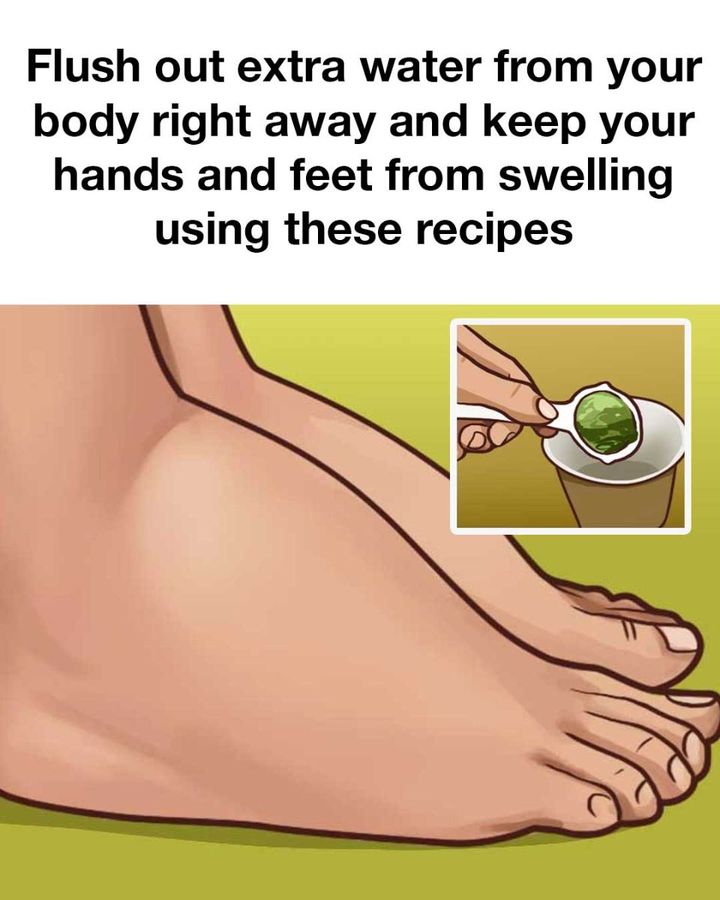Water retention, medically known as edema, happens when excess fluid builds up within the body’s tissues. This buildup can cause visible swelling, especially in the hands, feet, ankles, and legs. While short-term water retention is often harmless, persistent swelling can be uncomfortable and may signal an underlying health concern. Understanding its causes, symptoms, and effective ways to manage it can help you maintain your overall health and comfort.

Causes of Water Retention
Several factors can cause the body to hold on to excess water. A high-sodium diet is a major culprit, as sodium draws water into the tissues. Hormonal changes, such as those occurring during menstruation or pregnancy, can also trigger fluid buildup. Certain medications, including some for blood pressure or inflammation, may contribute to swelling. A sedentary lifestyle limits circulation, allowing fluids to pool in the lower extremities. More serious causes include health conditions like heart failure, kidney disease, or liver problems. Pinpointing the cause is key to choosing the right treatment and preventing future issues.
Recognizing Symptoms in Hands and Feet
Water retention in the hands and feet often causes puffiness, stiffness, and a heavy sensation. The skin may appear stretched or shiny, and in more severe cases, pressing on the swollen area can leave a noticeable indent—known as “pitting edema.” Recognizing these signs early gives you the opportunity to address the swelling before it worsens.
The Role of Hydration
It might seem contradictory, but drinking enough water is one of the best ways to fight water retention. When your body senses dehydration, it responds by conserving water, leading to more swelling. Staying hydrated helps your kidneys function optimally, allowing them to flush out excess sodium and toxins, which in turn helps reduce fluid buildup. Aim for steady hydration throughout the day rather than gulping large amounts at once.
Dietary Changes for Reducing Swelling
Making smart food choices can make a big difference. Reducing sodium intake is crucial—cut back on processed foods, fast food, and packaged snacks, all of which are typically high in salt. Adding potassium-rich foods helps balance fluid levels by counteracting sodium’s effects. Fresh fruits, vegetables, lean proteins, and healthy fats should be staples in your diet, while preservatives and additives that contribute to bloating should be avoided.
Foods That Help Flush Out Excess Water
Certain foods naturally act as diuretics, encouraging the body to release water through urination. Cucumbers, watermelon, celery, and citrus fruits are refreshing, hydrating, and effective in reducing swelling. Bananas, avocados, and sweet potatoes—rich in potassium—support balanced fluid regulation. Incorporating these into your meals can be a simple yet powerful step toward relief.
Herbal Teas for Natural Relief
Some herbal teas are gentle yet effective remedies for swelling. Dandelion tea, green tea, and parsley tea all have natural diuretic properties, helping the body shed extra fluid. A cup or two a day can aid in reducing puffiness, especially in the hands and feet, without relying on over-the-counter diuretics.
Epsom Salt Soaks for Hands and Feet
Soaking swollen hands or feet in Epsom salt water can provide quick relief. Magnesium sulfate in Epsom salts helps draw out excess fluids and calm inflammation. To try it, dissolve 1/2 cup of Epsom salt in a basin of warm water and soak for 15–20 minutes. Doing this a few times a week can noticeably reduce swelling and discomfort.
Simple Anti-Inflammatory Smoothie
Anti-inflammatory smoothies are a tasty way to support fluid balance. Try blending 1 cup kale, 1 cup pineapple chunks, 1/2 cucumber, 1 tablespoon chia seeds, the juice of 1/2 lemon, and 1 cup coconut water. This combination hydrates the body while delivering vitamins, minerals, and antioxidants that combat inflammation and swelling.
Refreshing Natural Diuretic Drink
For a quick, hydrating diuretic boost, blend 1 cup watermelon, 1/2 cucumber, 1/2 cup cranberry juice, and the juice of 1 lemon until smooth. Drink it in the morning or early afternoon to encourage fluid release and reduce bloating throughout the day.
Hydrating Detox Soup
A warm, nutrient-rich soup can soothe and detox the body while helping reduce water retention. Sauté 1 chopped onion and 3 minced garlic cloves in 1 tablespoon olive oil, then add 4 cups low-sodium vegetable broth. Stir in 1 cup chopped celery, 1 cup chopped carrots, 2 cups spinach, and 1 tablespoon fresh parsley. Simmer for 20–25 minutes, season lightly, and enjoy as part of a healthy meal plan.
Lifestyle Adjustments to Prevent Water Retention
In addition to diet, lifestyle plays a huge role in preventing swelling. Regular exercise improves circulation, helping fluids move through the body rather than pooling in the extremities. Elevating your legs when resting, wearing compression stockings, and managing stress all contribute to better fluid balance. Adequate sleep allows your body to regulate hormones and repair tissues, further reducing the risk of fluid retention.
Conclusion
Maintaining balanced fluid levels is essential for comfort and overall health. By identifying the causes of water retention, recognizing early symptoms, and using a mix of dietary adjustments, hydration strategies, natural remedies, and lifestyle changes, you can manage and even prevent swelling. Staying mindful of your body’s needs and making informed choices will help you keep water retention in check and maintain a healthier, more energized life.





